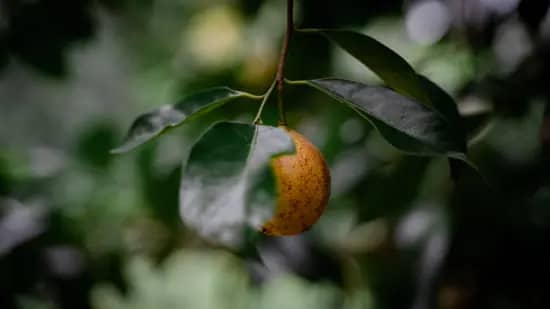BY EMILY JOY MENESES BARISTA MAGAZINE ONLINE
Featured photo by Niklas Tidbury via Unsplash
Harvested in October, the pumpkin is synonymous with autumn—but how exactly did this vibrant gourd come to be such an integral facet of American culture? The pumpkin existed in the Americas long before the arrival of European settlers, and though it’s commonly associated with pumpkin pie and jack-o-lanterns, it has historically been used in countless other ways. Today, we’re unraveling the history behind the pumpkin and unearthing its true roots—which date back to far before colonization.
Regardless of whether or not you’re a fan of pumpkin spice, there’s no denying its strong presence in the coffee world. So how did this drink become associated with the holiday season? Though pumpkin spice lattes are commonly associated with American culture, the true roots of pumpkin spice lie in South and Southeast Asia, and the recipe made its way to the Western world through centuries of trade and, oftentimes, violence.
The Makeup of Pumpkin Spice
First things first: What is pumpkin spice? Used to flavor pies, lattes, pastries, and more, pumpkin spice is a blend of multiple spices—usually nutmeg, clove, cinnamon, and ginger. The term “pumpkin spice“ was officially coined in 1934 by American spice company McCormick, and the blend’s flavor is earthy and, well … spicy—a natural addition to the warming flavors of autumnal food and beverages.
South and Southeast Asian Cultivation
One of the spices in pumpkin spice that can be traced to South and Southeast Asia is nutmeg, which has roots in Indonesia that go thousands of years back. According to this article, archaeologists discovered nutmeg residue on pottery shards in the Banda Islands of Indonesia; the pottery was estimated to be over 3,000 years old. Similarly, clove can be traced to Indonesia—specifically Ambon Island. Cinnamon cultivation is traced mostly to Sri Lanka, with the crop also growing in Myanmar and parts of India. Lastly, ginger is said to originate from the southern parts of China, as well as the tropical and subtropical forests of Southeast Asia.
The Struggle for Power
Spices from Asia like clove, ginger, and nutmeg were considered luxuries throughout a lot of European history—at one point, cinnamon was even priced at 15 times the cost of silver. According to University of Toronto economics professor John Munro, at some point in 14th century Europe, nutmeg was even more valuable than gold.
Europeans’ taste for spice resulted in traders traveling to South and Southeast Asia with the desire to gain control over spice cultivation and trade. Christopher Columbus, for example, was on a mission to find pepper and cinnamon in Asia; it was only by mistake that he reached America. For hundreds of years, Europe would wage war in South and Southeast Asia over these prized spices, enslaving and killing thousands of indigenous people.
Today, the pumpkin spice industry is valued at hundreds of millions of dollars in the U.S. alone—to the point that Forbes once referred to it as the “Pumpkin Spice Industrial Complex.” While pumpkin spice is widely available at cheap prices today, it’s important to acknowledge its colonial and imperialist history.
Stay tuned for part two of this article series, where we’ll further explore pumpkin spice’s journey from Asia to the Western world.
ABOUT THE AUTHOR
Emily Joy Meneses (she/they) is a writer and musician based in Los Angeles. Her hobbies include foraging, cortados, vintage synths, and connecting with her Filipino roots through music, art, food, and beverage.
READ THE LATEST BARISTA MAGAZINE
Out now: It’s the October + November 2023 issue of Barista Magazine! Read for free with our digital edition. And for more than three years’ worth of issues, visit our digital archives here.
Get a hard copy of the magazine through our online store, or start a subscription for one year or two.


